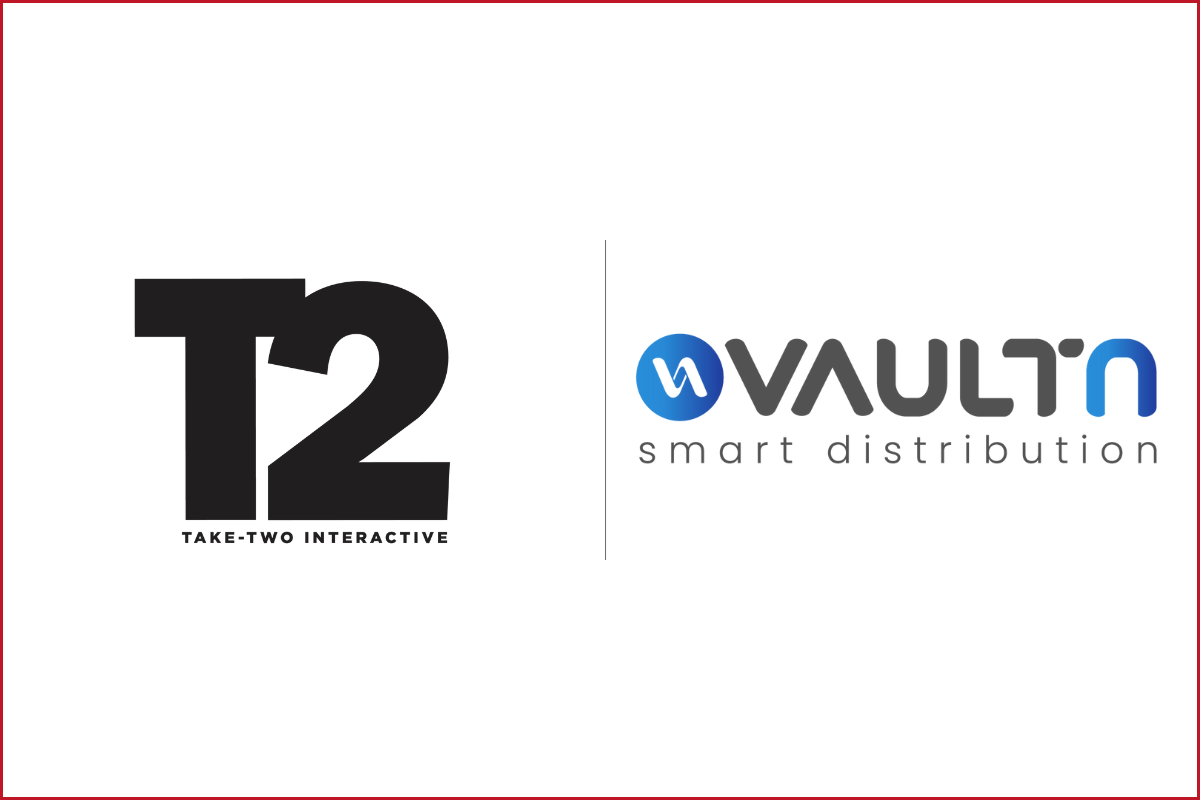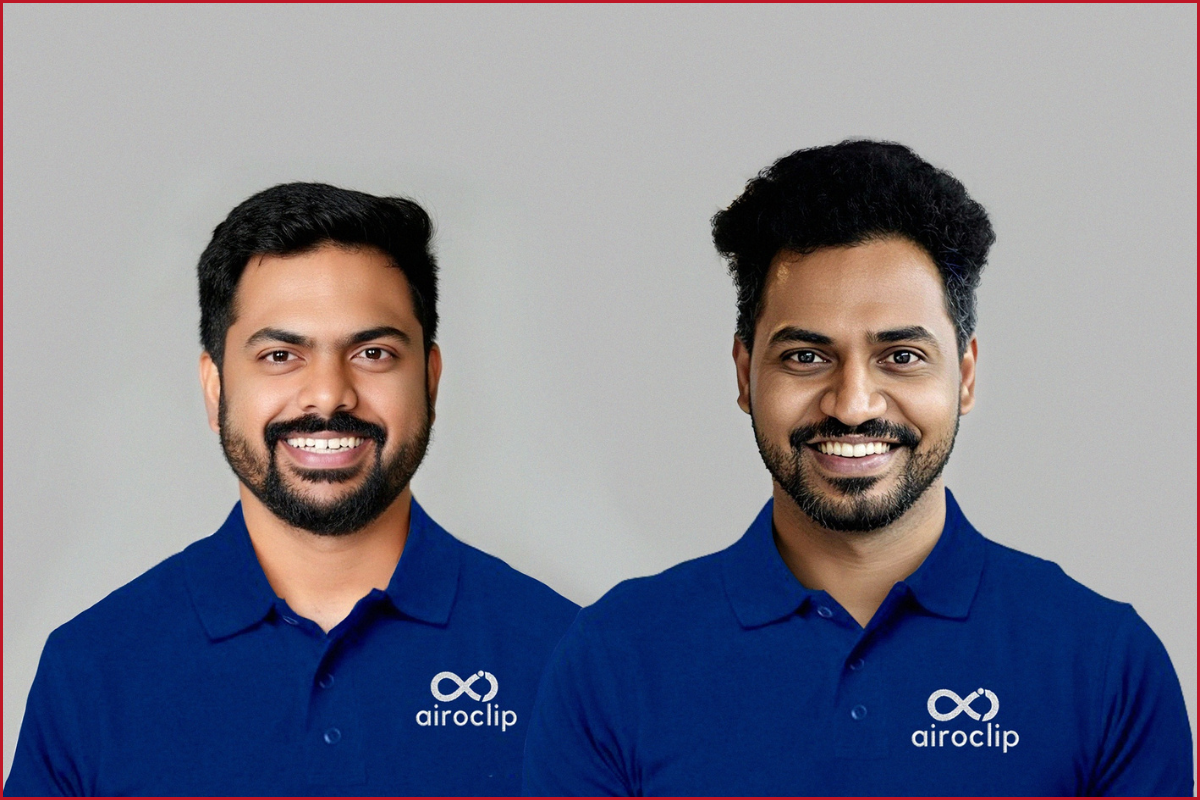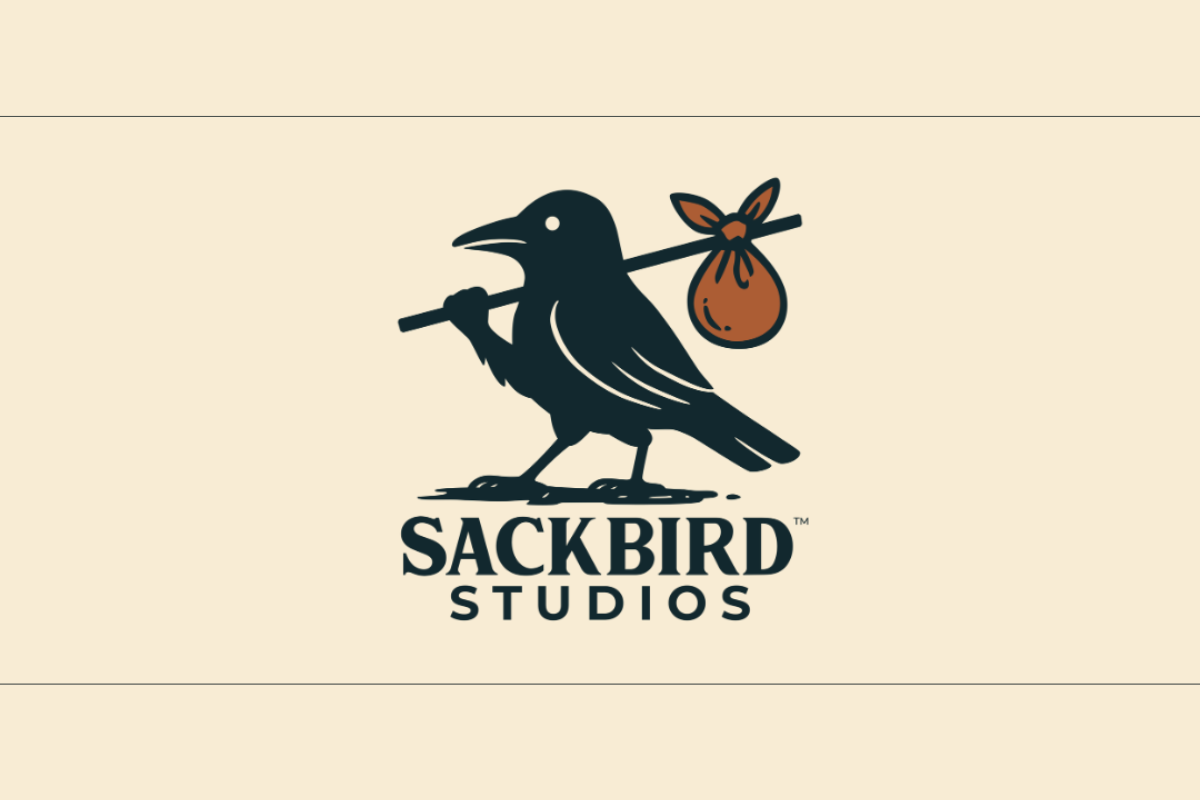Gem Capital is a leading international investment firm focused on the gaming industry, founded in 2017. Co-managed by twin brothers Roman Gurskiy and Kirill Gurskiy, the company provides global funding and strategic support to game studios and related ventures. With a strong emphasis on Europe, the US, and MENA regions, Gem Capital has invested in over 25 projects, including notable titles like Atomic Heart by Mundfish and Replaced by Sad Cat Studios.
Roman and Kirill bring extensive experience from their prior roles in EY’s transaction advisory department, where they specialize in valuation and business modeling. Under their leadership, Gem Capital has built a reputation for supporting innovative founders and scalable business models. The firm’s hands-on approach has positioned it as one of the top gaming investors globally, recognized for its contributions to the industry’s growth and success.
The video version of the interview is available on Mobidictum’s brand-new YouTube channel.
You both came up from EY and have similar experiences. What is your experience and input from there that you implemented into the VC world?
Roman: We spent quite some time with EY, so we moved from analyst to managing positions for a few years. We worked specifically in transaction advisory.
So, to put it simply, we advised our clients on whether the targets should be acquired or sold. If the recommendation is positive for them, what is the reasonable price range?
Now, if we transition from a consultant, the ground to VC, the question is, what is the general VC type of work on a day-to-day basis?
In most cases, it involves originating opportunities, analyzing opportunities, negotiating, preparing investment presentations and deal documents, participating in boards, advising companies, and helping them. Much of that is what we did at EY.
Of course, that’s negotiations, analysis, some presentations, documents, and so on.
The short answer is just a structured approach because consultants are known for that. This has helped us a lot as a VC for almost seven years.
You both worked in EY for around seven years and seven years at Gem Capital. Which one is more fun?
Roman: I would say both. EY was our first place of work, and this is where we felt this corporate culture and this whole approach. I would say they’re quite comparable. In our hearts, we are not the ones changing positions quite often, right?
So, quite a lot of industry professionals work for a couple of years at one place, then move to another, and so on. For our entire lives, as industry professionals, we spend most of our time just in two places, and it’s quite a long period.
So I would say it’s quite similar, but of course, at Gem Capital, it is much more; the projects are bigger.
As industry professionals, it was an upgrade because we moved to some higher-responsibility roles. But of course, there are some guys at EY who experience quite the same thing that we experience at Gem Capital.

Kirill, when did you join Gem Capital, and what do you do there?
Kirill: As you mentioned, we’ve been with Gem Capital for almost seven years. The transition that we need is quite usual for guys with a consultancy background. The very usual stuff is that walking at the big four is quite challenging, and the majority of guys are like these up-or-out policies.
You always need to exceed expectations. You always need to achieve the best results possible. If you go up, the usual stuff is either growing further at the core or transitioning to investment funds in the industry or to three big consultancy firms like BCG, McKinsey, Bain, etc.
So we decided to go this investment fund way, which is again very usual for the guys with the consultancy background.
How did it happen? Again, the reason is very simple. Our boss at EY, one of the partners, invited us to join GEM. So he was our boss at EY, he transitioned to GEM Capital, and like in two years, he invited us. So it’s a very simple, very usual case.
Our games thesis formed around 2019, and so far, so good. Now we’re focusing on games, and I think we will talk about this later in the talk, why it is to Europe, and so on, like how we distribute our roles with Roman.
It is important to understand that Roman and I have lived together all our lives. All the guys that have a twin brother usually have two cases. You either hate each other, or you love each other. So, fortunately, we are the guys who love each other. So we attended the same university, and we worked at EY together.
It’s important to understand that we don’t have any challenges in distributing our roles. The way it is usually structured, there are some companies which are managed by myself, some companies are managed by Roman. And the way we distribute them between each other is it just happens.
For example, some negotiations are run by me because Roman is busy closing some other deals. Some negotiations are, like, closed by rolling. If the deal is closed by me, then I’m the one who sits on the board and manages the company further. And the same goes for Roman.


Roman, your investment strategy is quite broad. How many investments do you have right now? How do you balance your portfolio based on the genre?
Roman: As for the number of investments, it is more than 20 across two funds as of now, so we have two funds, and the total assets under management are 100 million.
As for balance, almost all portfolio managers try to achieve this balanced approach to balancing risks, and it is not that simple, especially when investing in an industry-focused fund. If you’re industry agnostic, it’s much easier.
Our initial investment thesis was that our portfolio needs to be balanced. And we asked ourselves, how can that be achieved?
The answer is that we do it by splitting investments between several platforms. Now, back to the genres. We do not, to put it simply, somehow balance our portfolio based on genres. And we don’t invest in series based on genres.
But that’s the second part of my answer. As for the whole balancing approach, we do it by platforms. And we are quite successful so far with it. When we started to invest in games it was we started to explore opportunities in 2018 and our first deal was made in 2019 So it’s six seven years ago and at that time most I would say the majority of the game’s VCs were mobile, free to play only.
And I believe, Batuhan, you have a lot of friends in the industry. You talked to a number of VCs, and at that time, none of them invested in PC consoles or premium specifically. There were some factors behind that, but we started doing that. So far, our approach has been confirmed to be quite effective because, with all those IDFA things and all those current mobile challenges, a lot of VCs are now switching from mobile to PC consoles.
And we were lucky to invest across the spectrum from the very beginning.

Each fund has different expectations. How much you raise and how much return you expect are very different. The risk-taking is obviously different as well. How do you view each platform, considering your PC games and mobile games?
Kirill: Overall, the majority of VCs have some return targets in their heads. And the usual stuff, it’s like an IRR, the internal rate of return, of around 30%. So, if you are LP and you want to give me money, you are thinking in this overall portfolio strategy view.
You are not interested in which IRR you will give me investing in PC or console games, what your return on platforms is, or what your return is on premium games or mobile free-to-play games. You just are not interested in this. You don’t care.
You’re just giving money to a portfolio manager, and you’re interested in your overall portfolio performance.
The usual number that all the investors in venture capital have in mind is 30%. So 30 percent IRR is something like an industry indicator that everyone wants to achieve.
We have the same number in mind. That’s our targeted internal rate of return. So far, we have outperformed these targets, which is a good thing.
In terms of platforms, the simple answer is that we don’t have this target. We are looking at our portfolio; we are portfolio managers, and we’re just balancing our portfolio to achieve this target return.
But the simple answer is that once VC evaluates an opportunity, the usual question that you ask yourself is, “Is it possible that the price of this company will increase ten times during my holding period?”
So that’s the usual question you ask yourself, and the answer should always be “yes.” Of course, that doesn’t happen all the time. Each investment target should have the potential to achieve this, but once you invest in like 20 companies, 10 of them will be closed, and only one will achieve this growth, and overall, your portfolio will achieve this targeted result.
The return and multiplier for premium games, free-to-play games, and tech platforms are very different. So, what are your expectations from a premium game, a mobile game, and a tech platform?
Roman: If you’re invested in, let’s say, apps—Facebook or similar—these types of investments can raise their capitalization hundreds of times. The most successful tech companies are valued, and even the most successful game development studios are only valued in the billions.
There aren’t many gaming companies that could be valued at $100 billion. None, really. On the other hand, the competition in this segment, closer to general VC, like social networks for gamers, recommendation services, or new mobile app stores, is much higher.
You might expect much greater multiples, but the chances of the company failing are also much higher.
Your focus is on Eastern Europe and the Middle East. What are the key objectives for investing in these regions?
Roman: There are a few reasons, aligned with our initial investment thesis:
- High-Quality Talent: The regions are known for exceptional talent. This is supported by numerous success stories over the past 10 years, with many companies originating in these regions achieving global success.
- Cost Efficiency: The lower cost of living translates into significantly lower development budgets. For example, the development budget for a game of comparable quality in Eastern Europe can be 10 times lower than in the U.S.
- Lower Competition Among VCs: Founders from these regions don’t receive much attention from global VCs. There are also relatively few local players in these markets, creating a strong opportunity for us to step in as lead investors.
When we invest in these regions, we lead about 90% of deals. Outside of these regions—like in the U.S. or Western Europe—we tend to join rounds instead of leading them. We benefit from cost efficiency, exceptional talent, and a less competitive VC environment.
You mentioned that you have advisors in your portfolio. Are they platform-specific? How do you collaborate with them, and when did they join your team?
Kirill: Yes, we announced our advisory board at the beginning of this year. It’s a newly formed entity, though we’ve been investing in games since 2019.
The board was created to further develop our investment strategy and make well-informed decisions. Each advisor focuses on a specific area of expertise.
- PC & Console:
Robert Bagratuni, CEO of Mundfish and creator of Atomic Heart, advises us in the PC and console space. Atomic Heart is one of the biggest independent games on Xbox, so his insights are invaluable.
- Mobile:
Philip Ovcharov, former CEO of Pixonic and creator of War Robots, advises us on mobile. His game has generated close to $1 billion in revenue, making it one of the most successful mid-core mobile titles.
- Apps & Analytics:
Max Samorukov, CEO of AppMagic, advises us on app analytics. AppMagic is one of the leading platforms for mobile game market analysis.
Our advisors assist us in evaluating potential investments and provide valuable expertise to help our portfolio companies succeed.

Could you highlight a few of your portfolio companies?
Roman: Absolutely! We’re proud of all our portfolio companies, but here are some standout examples:
- Mundfish:
Creators of Atomic Heart, which has an 85% Steam rating and won the Steam Award for Outstanding Visual Style. It’s the biggest independent game on Xbox last year.
- Unfrozen Studio:
Known for Iratus: Lord of the Dead (over 500,000 copies sold). They are now working with Ubisoft on the next Heroes of Might and Magic game.
- Eschatology Entertainment & Red Rover Interactive:
Both studios raised rounds from Krafton and are working on exciting AAA projects.
- Sad Cat Studios:
Developing Replaced, one of the most anticipated games on Steam is currently in the top 50 most wishlisted.
- Viva Games:
Recently released Anecdore: The Magical Worlds, which received an 80 Metacritic score—an exceptional achievement in today’s market.
Additionally, we’ve achieved six exits in six years, which is relatively high. For example, DelsCraft, creators of Grand Hotel Mania, went from zero revenue to $5M in monthly revenue within one year of our investment.

What’s your take on the hype around metaverse, Web3, AR/VR, and AI-driven projects?
Roman: In short, we don’t invest in hype. However, here’s a breakdown of our thoughts:
- Web3/NFT: We’re skeptical about blockchain and NFT projects. While the ideas behind them are promising, the current sentiment from gamers is largely negative, and the overlap between gamers and Web3 enthusiasts is small.
- AI: AI is a must-have for most companies today, and many of our portfolio companies use AI in some capacity. However, we’re cautious about investing directly in AI startups, as the market is highly saturated, and it’s unclear who the winners will be.
- VR: VR continues to underperform compared to its growth expectations. It suffers from a chicken-and-egg problem: few players mean few high-quality games and few high-quality games mean fewer players.
Given the current market conditions (high interest rates, limited liquidity, etc.), are you under pressure to slow down investing?
Kirill: Not at all. Now is the perfect time to invest because valuations are lower, and the market will likely revert to growth in the near future (as early as 2025, according to recent reports).
We’ve remained very active, which is why reports like InvestGame and Drake Star rank us among the top VCs by deal volume this year. Our strategy has always been to wait for the right opportunities, but we’re fortunate to still find great targets even in the current market.
What’s the biggest challenge for VCs in today’s market?
Roman: A couple of years ago, the challenge was intense competition for great targets. Now, the biggest challenge is supporting portfolio companies that are struggling to raise new capital, especially in the middle stages of development.
For example, early-stage studios with strong track records can still attract funding, and late-stage companies with successful games can also raise funds relatively easily. But middle-stage companies—those that have raised initial capital but haven’t yet shown strong metrics—are struggling the most.
We’ve had to step in and support some of our portfolio companies during this phase. Previously, early retention metrics (like Day 1 retention of 50%) would be enough to secure funding. But now, investors demand much more, which makes it harder for these companies to survive without additional support.
What about the gaming industry in general? While the player base is growing, there are still layoffs and studios shutting down. What’s your outlook?
Kirill: We’re still very bullish on the gaming industry for a couple of reasons:
- Reduced Competition:
Layoffs and reduced financing mean that fewer games are being made. In 3–5 years, this will lead to significantly reduced competition in the market.
- Diversified Investments:
We maintain a diversified portfolio across PC/console, mobile, and game tech. Each has its own risks and opportunities. For example, mobile is currently struggling, but this might make it a good time to invest against the trend. Meanwhile, PC/console is more stable but requires higher capital.
Overall, we believe the industry will continue growing, even if the current environment is challenging.





